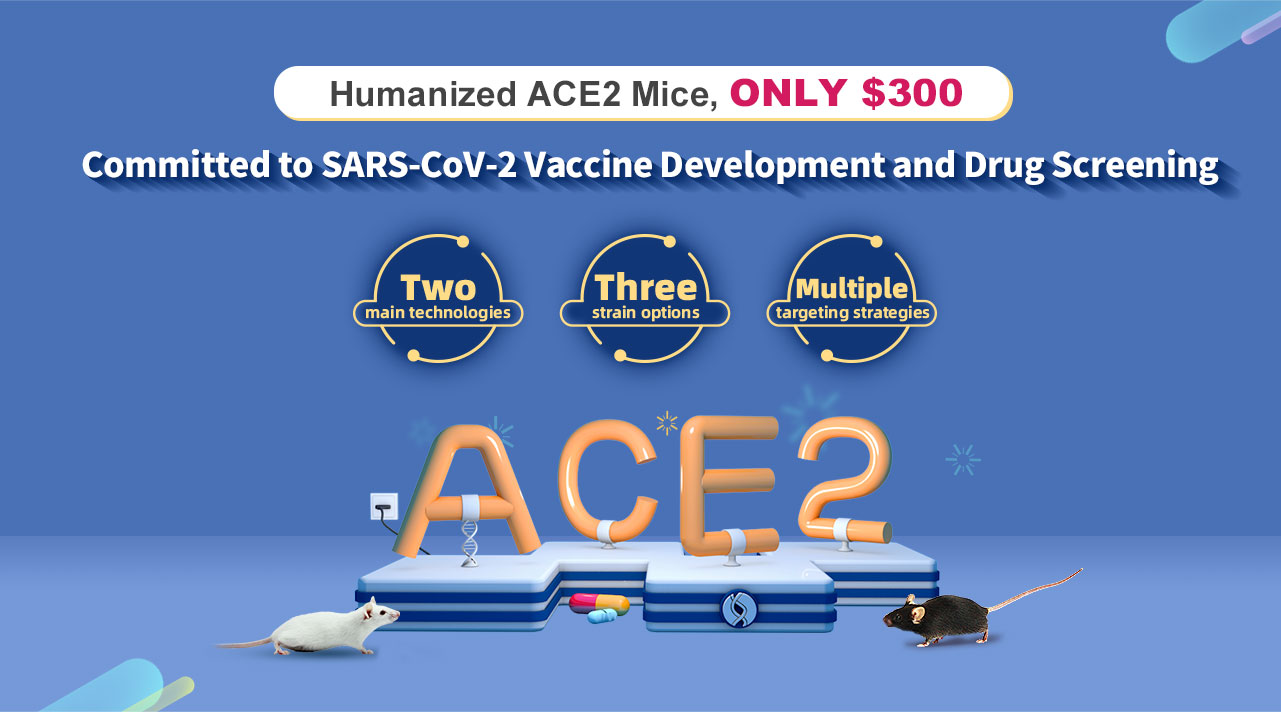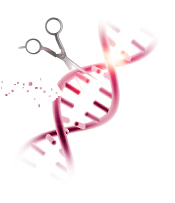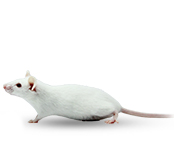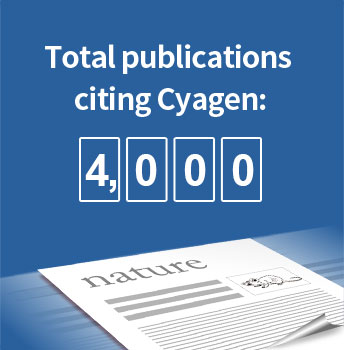


|
Both TurboKnockout® technology and optimized CRISPR-Pro technology have been used to concurrently develop a variety of ACE2 mice. Customers can select appropriate ACE2 mouse models according to different research purposes.CRISPR/Cas9 has the advantages of no species limitation, simple operation, low cost and short turnaround time, but there are some problems such as property rights disputes. ES cell targeting technology can carry out various complex genetic transformation with no off-target effect. It is the gold standard of the industry, but it has the problem of species limitation. Therefore, CRISPR/Cas9 technology is suggested to be selected for the construction of regular complete gene knockout mouse model, gene knock-in mouse model, and other species in addition to C57BL/6 mice. However, Turboknockout® technology based on ES cell targeting technology is still recommended for complex model construction and customers who are concerned about the intellectual property rights of animal models. |

|
The developments of humanized ACE2 mice with three background strains of BALB/c, C57BL/6J and C57BL/6N were carried out simultaneously.The C57BL/6 mouse strain is the preferred genetic background strain for most site-directed modification and transgenic. It has the characteristics of low incidence rate of various tumors, and is also the preferred model for studying diet induced obesity and chronic experimental autoimmune encephalomyelitis multiple sclerosis model. The BALB/c mouse strain has the characteristics of albinism and immunodeficiency, and is extremely sensitive to carcinogens. It is the most commonly used mouse strain in the research fields of tumors, inflammation, and autoimmunity. It is also the first choice for experimental animals required for some new drug development projects. In addition, studies have shown that BALB/c mice are more susceptible to virus infection than C57BL/6, because BALB/c mice have more neutrophils and lymphocytes that entering into the lung tissue (immune response). The affected area is larger, The inflammatory response is stronger, so the ACE2 mice base on BALB/c strain are also candidates for SARS-CoV-2 related research. |

|
Multiple gene targeting and construction strategies:In addition to a variety of humanized ACE2 mice, you can find ACE2 knockout (KO) mice and conditional knockout (cKO) mice on Cyagen AI Knockout Mouse Model eBank. These models help to achieved ACE2 global knockout and tissue specific knockout in mice to meet the different requirements of novel coronavirus (SARS-CoV-2) research. In addition, for the same type of humanized ACE2 mouse model, Cyagen performs a variety of targeting strategies to meet the requirement form customers who have refined requirements for targeting strategy. Refer to the table below for detailed design ideas. |
| Project Type | Background Strain |
Promotion Price (USD/Mouse) |
Order Now |
|---|---|---|---|
|
Humanized ACE2 (hACE2) Mice |
C57BL/6J | 300 | |
| C57BL/6N | 300 | ||
| BALB/c | 400 | ||
|
ACE2 Knockin Model (H11 Locus) |
C57BL/6J | 300 | |
|
ACE2 Conditional Knockin Model (Rosa26 Locus) |
C57BL/6J | 300 | |
| C57BL/6N | 300 | ||
| BALB/c | 400 |
| Project Type | Background Strain |
Promotion Price (USD/Mouse) |
Order Now |
|---|---|---|---|
|
ACE2 Humanized Mice |
C57BL/6N | 500 | |
| BALB/c | 600 | ||
| C57BL/6N | 500 | ||
| BALB/c | 600 | ||
| C57BL/6N | 500 | ||
| BALB/c | 600 |


|
Reducing Hypothalamic Stem Cell Senescence Protects against Aging-Associated Physiological
Decline.
Cell Metabolism
(2020) PMID: 32004475
|
|
Dual-targeting Nanoparticle Vaccine Elicits a Therapeutic Antibody Response Against Chronic
Hepatitis B.
Nature Nanotechnology
(2020) PMID: 32123380
|
|
|
Zfp217 mediates m6A mRNA methylation to orchestrate transcriptional and post-transcriptional
regulation to promote adipogenic differentiation.
Nucleic Acids Res
(2019) PMID: 31037292
|
|
|
Fate-mapping post-hypoxic tumor cells reveals a ROS-resistant phenotype that promotes metastasis.
Nature Communications
(2019) PMID: 31649238
|
|
| Read More >> |